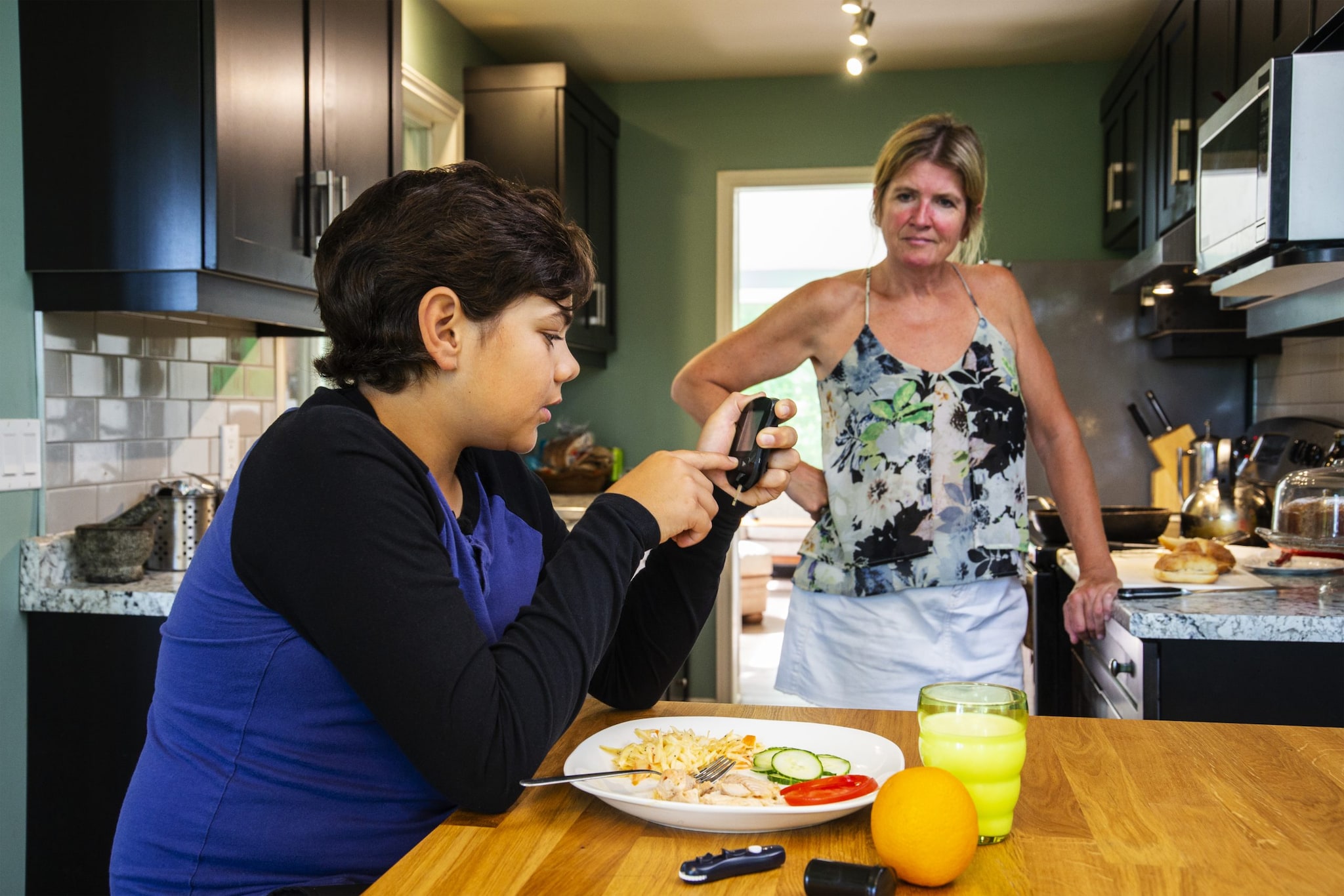Trends in New Diabetes Cases Among Young People

New cases of diabetes in young people are increasing in the United States.
Diabetes in young people is a growing problem in the United States. The SEARCH for Diabetes in Youth study is one of many around the world reporting on new cases of type 1 diabetes in young people. But few studies are reporting on new cases of type 2 diabetes in young people. It’s important to understand who diabetes is affecting and when to help focus prevention and management efforts for people affected.
What did this study examine?
The study examined trends in new diabetes cases (type 1 and type 2) among people younger than 20 from 2002 through 2018. Characteristics reported were age, sex, race and ethnicity, and month of diabetes diagnosis. Before this study, time-of-year data for young people diagnosed with type 2 diabetes had never been reported.
What were the results?
From 2002 through 2018, the number of new cases of diabetes in young people (for both type 1 and type 2) increased in the United States. Below are the results:
- More than 18,000 young people have type 1 diabetes.
- More than 5,000 young people have type 2 diabetes.
- In 2002, the number of young people newly diagnosed with type 1 diabetes per year was 20 per 100,000. By 2018, that number increased to 22 new cases per 100,000 per year. That’s about a 2% increase per year in new cases of type 1 diabetes.
- In 2002, the number of young people newly diagnosed with type 2 diabetes per year was 9 per 100,000. By 2018, that number doubled to 18 per 100,000 per year. That’s about a 5% increase per year in new cases of type 2 diabetes.
- A diagnosis of type 1 diabetes usually happened around age 10 for females and age 12 for males.
- A diagnosis of type 2 diabetes usually happened around age 16 for both males and females.
- The annual increase in new cases of type 1 and type 2 diabetes was highest among Asian/Pacific Islander, Hispanic, or non-Hispanic Black young people.
- January was the peak month of diagnosis for young people diagnosed with type 1.
- August was the peak month of diagnosis for young people diagnosed with type 2.
What’s important about this study?
The continual increase in new cases of type 1 and type 2 diabetes in young people means more people in this age range will live with the condition longer. This can put young people at higher risk of developing diabetes-related complications by early adulthood. Asian/Pacific Islander, Hispanic, and Black young people are also at higher risk. These findings highlight the importance of focused diabetes prevention and management efforts for young people at increased risk.